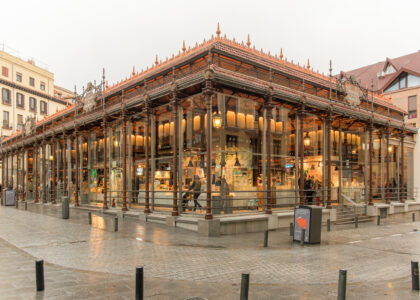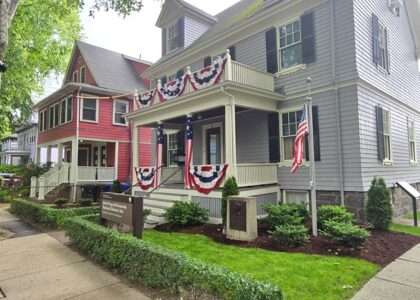Welcome to the World’s Smallest Park, a place that holds the Guinness World Record for its diminutive size yet packs a punch of history and charm. Located in Portland, Oregon, this unique park is officially known as Mill Ends Park. It measures just 452 square inches, making it smaller than most desktop computers. Despite its size, Mill Ends Park has a fascinating story that dates back to the 1940s.
The park was conceived by Dick Fagan, a journalist for the Oregon Journal. In 1946, upon returning from World War II, Fagan noticed an empty hole intended for a light pole in front of his office on SW Naito Parkway. Rather than seeing it as an unsightly blemish, Fagan saw potential. He began planting flowers in the hole and started writing whimsical stories about it in his newspaper column, ‘Mill Ends.’ He claimed that the park was inhabited by a leprechaun named Patrick O’Toole, who had granted him the land.
Since its inception, Mill Ends Park has been a site of quirky events and gatherings. It has hosted snail races, tiny parades, and even a protest against the encroachment of concrete jungles on green spaces—albeit on a very small scale. The park’s playful spirit captured the hearts of Portlanders and became a symbol of the city’s love for quirky, unconventional landmarks.
In 1976, the park was officially recognized as the World’s Smallest Park by the city of Portland, and in 1971, it earned its place in the Guinness Book of World Records. Over the years, Mill Ends Park has been moved a couple of times due to road construction but always found its way back close to its original location.
The park has been the stage for various notable events. In 2006, it celebrated its 50th anniversary with a St. Patrick’s Day party, complete with bagpipers and Irish dancers. In 2011, the park’s leprechaun resident, Patrick O’Toole, was said to have gone on strike, demanding a better view.
Today, Mill Ends Park is a testament to Portland’s quirky spirit and creative community. It serves as a reminder that even the smallest spaces can have a big impact. As you pass by, take a moment to appreciate this unique landmark’s history and the joy it continues to bring to locals and tourists alike.






